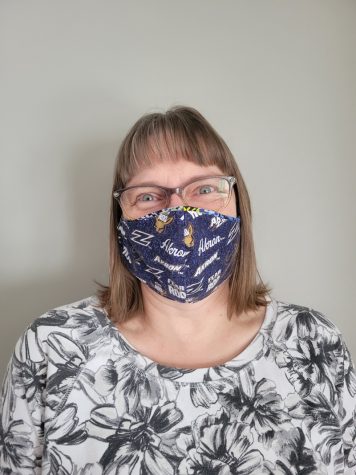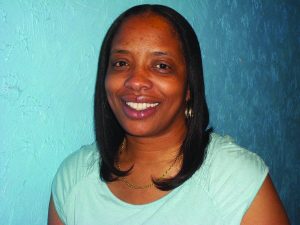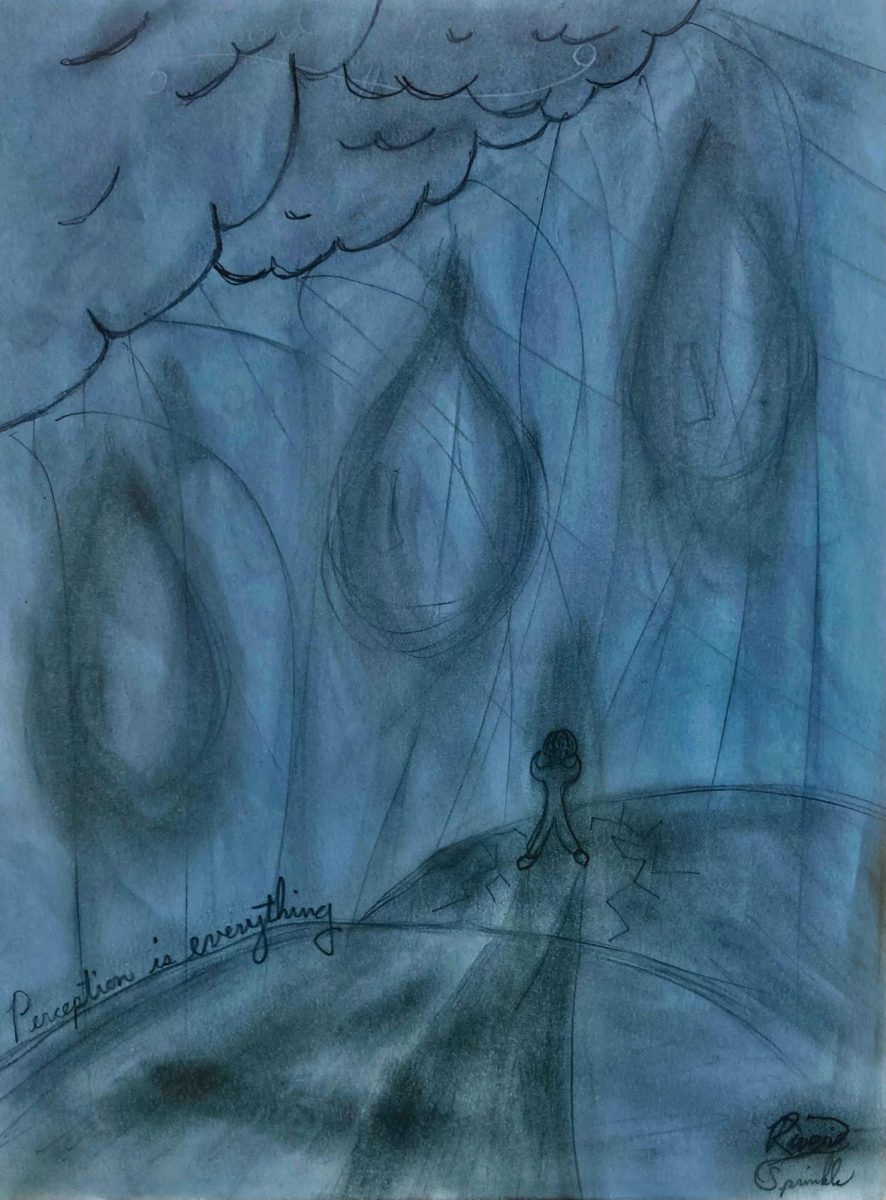A Faculty Perspective: So Much Change
May 28, 2021

As I think back to the beginning of the pandemic, I marvel at just how naïve I can be. Anyone who knows me well knows that I do not follow the news closely and have no social media accounts. I like to avoid the stress it can bring and focus on my students, friends, and family. I read headlines and will watch brief segments of news reports so I did know that a new virus had been discovered in China that was making a lot of people very, very sick and that this virus had made its way to Italy.
When I got to my office on a Tuesday morning in the second week of March 2020, I heard that Ohio State was going to be going online for the two weeks after their spring break and wasn’t sure what to think of that. Shortly after that I got a call from the President’s office telling me that the President would like to meet with the Faculty Senate Executive Committee at 1:00 that afternoon. I had no idea that we were going to be discussing doing something similar.
Our discussion started with how quickly can the faculty switch to online delivery, but soon turned to determining if our students had the resources they would need for online learning. The decision was made to pause instruction until after spring break (basically starting spring break a week and a half early) when all classes would be delivered remotely. While faculty worked diligently to learn how to teach in a remote setting, the University purchased extra Chromebooks and sought out resources and help for students who might not have access to the internet. It was a massive undertaking, and all hands were on deck. I didn’t realize that all these arrangements would be needed for the academic year to come.
In Spring 2020, I was teaching Linear Algebra and History of Math. Transitioning Linear Algebra wasn’t too difficult. I used a tablet in class to project my calculations as I talked students through, and that transitioned easily to an online live delivery. The problem for me in that course was that I could no longer see the students’ faces while I was teaching, and the already quiet group got quieter. I was worried that they weren’t speaking up or asking questions the way we would in person.
In History of Math, I was able to lean on a series of wonderful documentaries about mathematicians and mathematical breakthroughs that I show throughout the semester to move the teaching online and keep students engaged. I have since found ways to make the assessments for those documentary experiences even more interactive, to advance my online teaching, but I will always prefer standing in front of my class.
Course delivery wasn’t the only thing that changed at the university because of the pandemic. UA had been struggling for several years with financial strain and enrollment decline. The administration shared messages that the pandemic had pushed us into a do or die situation where deep cuts were necessary for survival. The first step was a reorganization of academic units within the university. We spent the month of May discussing how we could go from eight degree granting colleges to five by redistributing academic units. The idea here was that we could save money on administrative costs. Unfortunately, that didn’t create the cost savings needed so in July, UA experienced a reduction in force (RIF) where nearly 100 faculty members and 82 staff members lost their jobs.

When each of these events happened, stories appeared across the country documenting our actions. We went first, but I would hear from colleagues across the country as they went through similar reorganizations and reductions in the coming months.
There was skepticism on the part of many in our campus community, and more than once I heard the phrase “never waste a good crisis.” As faculty senate chair, I was inundated with colleagues who wanted to know if the university was really in crisis, or if the pandemic was being used to fast track cuts that had already been planned.
Afterwards there was grief and guilt. The survivor guilt sometimes made it hard to connect with the colleagues I had lost to the RIF. The grief drained my motivation and made a summer separated from colleagues, alone at home harder to bear.
Of course, I couldn’t let my job be the only part of my life to have major disruptions because of the pandemic. After staring at our kitchen for months, we decided we could no longer stomach the view, and decided to finally do the long-needed update. We gutted the kitchen and it is now brand new. The destruction started in late October and we moved back into the kitchen in late January. That’s right, we had no kitchen through the 2020 holiday seasons. We did have some fun with it – we hung a plastic skeleton and placed a small COVID-19 time-capsule inside a wall right before the last of the dry wall was installed. We were so ready to be done with this year that we buried it!
As my house is getting back to normal, although there are some kitchen items I can’t find, I am looking forward my work life getting back to normal also. With vaccines being rolled out, I am very optimistic that the university community will be able to return to campus in the fall. I can’t wait to have lunch with my colleagues and students, to sit and laugh together and get back to learning together.
To my students – you are almost there! You survived a crazy transition last Spring, and you’ve had the stamina to move through these long months of isolation and learning in environments that weren’t always ideal. Some of you have thrived, and some have struggled, but I can say without a doubt that you are going to make it. Know that your teachers have struggles along with you and they can’t wait for all of us to be together again.
See you soon!








